Home / Albums / Tag Place:Spain 50

 The Santa Maria, the Niña and the Pinta
The Santa Maria, the Niña and the Pinta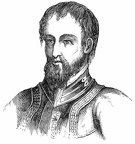 Hernando de Soto
Hernando de Soto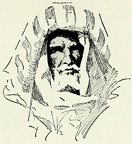 A Mohammedan Chief
A Mohammedan Chief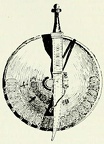 Mohammedan Sword and Shield
Mohammedan Sword and Shield Knight of the Order of St. Iago
Knight of the Order of St. Iago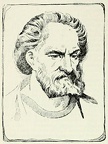 The Cid
The Cid Count Alvaro Nuñez de Lara
Count Alvaro Nuñez de Lara Queen Berengaria, Spain
Queen Berengaria, Spain A Spanish King of the Fifteenth Century
A Spanish King of the Fifteenth Century Pedro the Cruel
Pedro the Cruel A Royal Attendant, Spain
A Royal Attendant, Spain Blanche of Castile
Blanche of Castile Spanish Nobleman, Fifteenth Century
Spanish Nobleman, Fifteenth Century Henry of Castile
Henry of Castile Don Juan II
Don Juan II Henry IV
Henry IV Queen Isabella
Queen Isabella A Spanish Noblewoman of the Fifteenth Century
A Spanish Noblewoman of the Fifteenth Century A Spanish Nobleman of the Fifteenth Century
A Spanish Nobleman of the Fifteenth Century A Spanish Merchant, Fifteenth Century
A Spanish Merchant, Fifteenth Century A Man of Granada
A Man of Granada Spanish Cavalier of the Fifteenth Century
Spanish Cavalier of the Fifteenth Century Isabella
Isabella Armour of Isabella
Armour of Isabella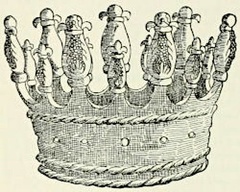 Isabella’s Crown
Isabella’s Crown A Spanish Gentleman, early Sixteenth Century
A Spanish Gentleman, early Sixteenth Century A Spanish Cavalier of the Sixteenth Century
A Spanish Cavalier of the Sixteenth Century A Spanish Gentlewoman of the Sixteenth Century
A Spanish Gentlewoman of the Sixteenth Century A Spanish Penitent of the Sixteenth Century
A Spanish Penitent of the Sixteenth Century A Spanish Captain of the Sixteenth Century
A Spanish Captain of the Sixteenth Century A Spanish Captain, Time of Philip II
A Spanish Captain, Time of Philip II A Spanish Gentleman, time of Philip II
A Spanish Gentleman, time of Philip II A Spaniard of the Seventeenth Century
A Spaniard of the Seventeenth Century Costume of a Young Spanish Woman, early Seventeenth Century
Costume of a Young Spanish Woman, early Seventeenth Century A Spanish Captain
A Spanish Captain Spanish Noblewoman
Spanish Noblewoman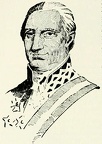 Charles IV
Charles IV Divider - The time of moslem domination
Divider - The time of moslem domination A Spanish Flagellant
A Spanish Flagellant Gallo-Roman Sword and Horn
Gallo-Roman Sword and Horn Gallo-Roman Weapons
Gallo-Roman Weapons A Gallo-Roman
A Gallo-Roman A Gallo-Roman Woman
A Gallo-Roman Woman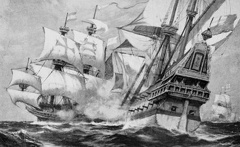 Destroying a Straggler from the Armada
Destroying a Straggler from the Armada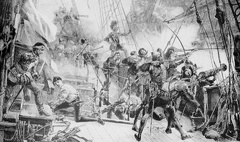 Lord Howard Attacking a Ship of the Spanish Armada
Lord Howard Attacking a Ship of the Spanish Armada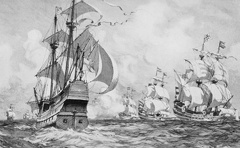 Teaching the Spaniard 'The Honour of the Flag'
Teaching the Spaniard 'The Honour of the Flag' Columbus
Columbus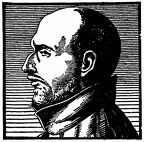 Ignatius of Loyola
Ignatius of Loyola Britain, France, and Spain in America, 1750
Britain, France, and Spain in America, 1750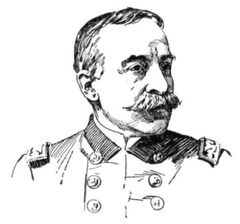 Admiral Dewey
Admiral Dewey



